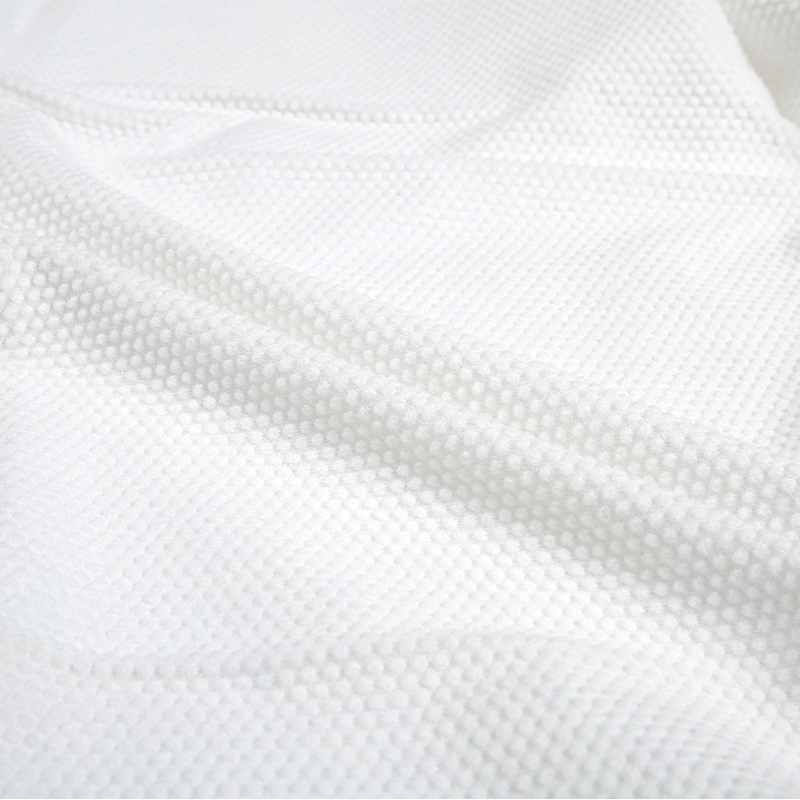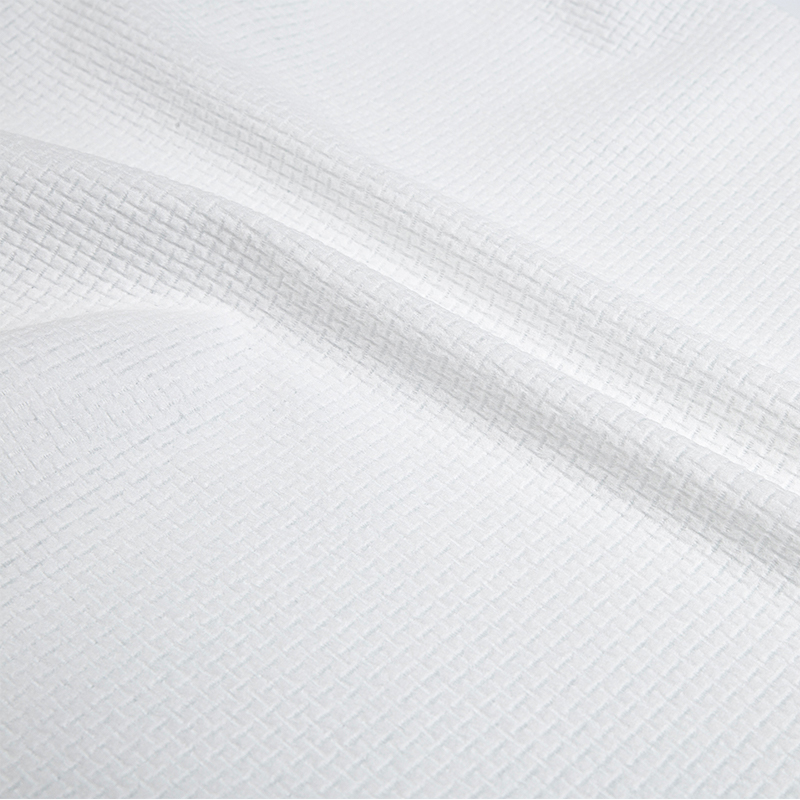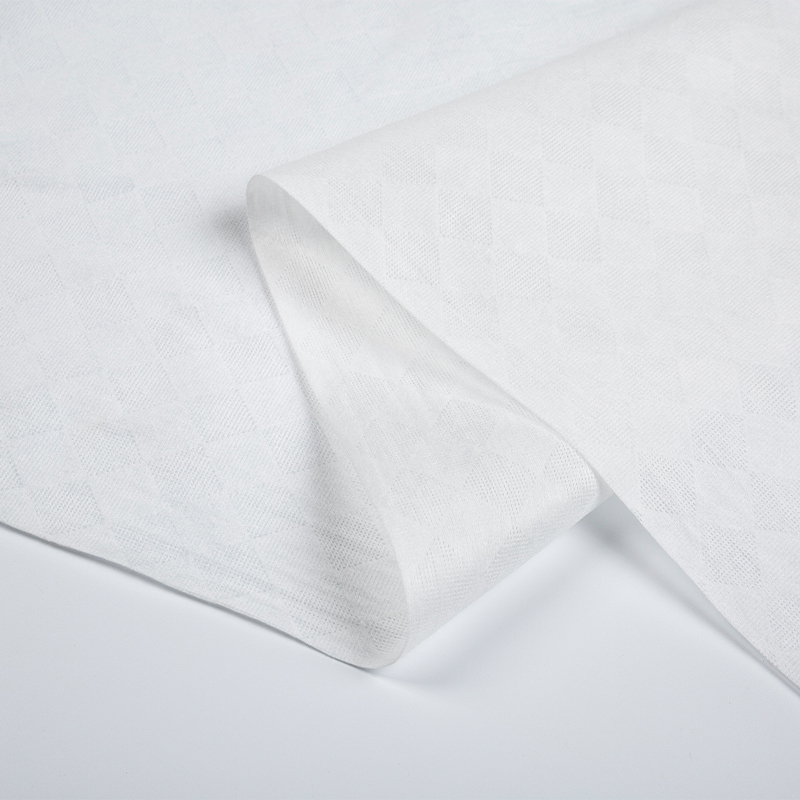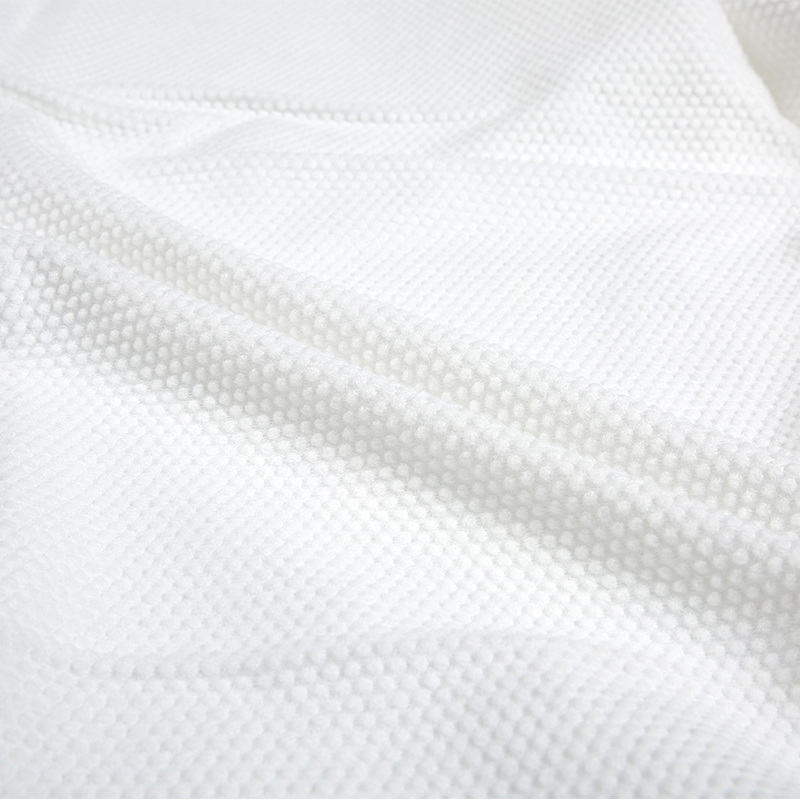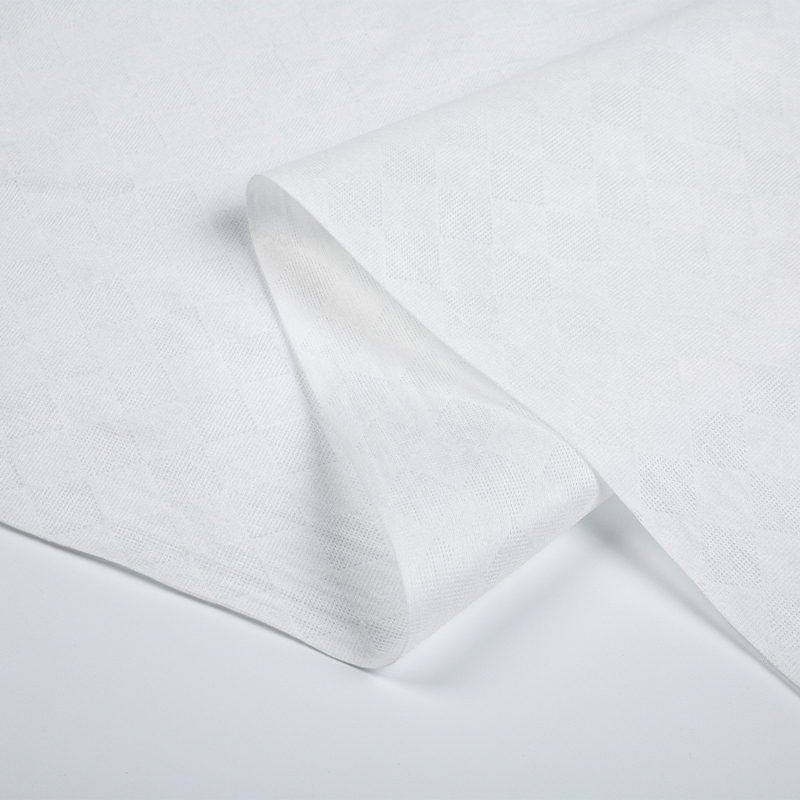Founded in 2022, Hangzhou Shunlong Nonwovens Technology Co., Ltd. is a professional China nonwoven fabric manufacturer and non-woven raw material factory
Changes in consumer preferences
In recent years, consumer demand for wet wipes has gone beyond basic cleaning functions. With the increase in environmental awareness, more and more consumers have begun to pay attention to the source of raw materials, production process and post-use disposal of wet wipes. They prefer products that use renewable materials, have an environmentally friendly production process and are easily biodegradable. This preference is not only reflected in daily household cleaning products, but also in many fields such as baby care and personal health care.
For Wet Wipe Nonwoven Fabric manufacturers, this is both a challenge and an opportunity. In order to meet consumer demand, they must continue to develop new environmentally friendly materials, optimize production processes, and improve the degradability of products. For example, some companies have begun to use natural materials such as bamboo fiber and silk to produce wet wipes. These materials not only have excellent cleaning performance, but also can be quickly degraded in the natural environment, reducing the impact on the environment.
Changes in market demand
As consumers' demand for environmentally friendly wet wipes continues to increase, the market is also undergoing profound changes. On the one hand, the traditional disposable wet wipes market is facing challenges, and consumers are increasingly demanding reusable and easily degradable wet wipes products. On the other hand, wet wipes with special functions, such as antibacterial, antibacterial, moisture absorption and perspiration, have also received widespread attention from the market.
In this context, wet wipes nonwoven fabric manufacturers need to continue to innovate and develop products that are more in line with market demand. For example, some companies have begun to develop wet wipes with multiple functions, which can not only be used for daily cleaning, but also for disinfection, skin care and other aspects. At the same time, in order to meet consumers' demand for reusable wet wipes, some companies have also begun to launch washable and reusable wet wipes products. These products are usually made of more durable materials and can be used repeatedly, greatly reducing the cost of use and the impact on the environment.
The embodiment of sustainability
Sustainability is the key to the future development of the wet wipes nonwoven fabric industry. In order to achieve sustainable development, manufacturers need to start from multiple links such as raw material procurement, production process, product use and waste disposal, and comprehensively promote environmental protection.
In terms of raw material procurement, manufacturers should give priority to renewable and degradable raw materials, such as natural fibers, bio-based materials, etc. These materials are not only environmentally friendly, but also reduce production costs and improve the competitiveness of enterprises. At the same time, manufacturers should also establish long-term and stable cooperative relationships with suppliers to ensure the quality of raw materials and the stability of supply.
During the production process, manufacturers need to adopt more environmentally friendly production processes and equipment. For example, the use of spunlace nonwoven production processes can reduce the use of chemical adhesives and reduce energy consumption and emissions in the production process. In addition, manufacturers can also reduce production costs and environmental impacts by optimizing production processes and improving production efficiency.
In terms of product use, Wet Wipe Nonwoven Fabric manufacturers need to provide consumers with clear product instructions and precautions to guide consumers to use wet wipes products correctly and reduce waste and pollution. At the same time, manufacturers can also develop wet wipes products with multiple functions to increase the added value and practicality of products.
In terms of waste treatment, Wet Wipe Nonwoven Fabric manufacturers need to actively participate in the recycling and treatment of waste. For example, they can cooperate with garbage disposal companies to establish a waste recycling mechanism to harmlessly treat or recycle waste wet wipes products. In addition, manufacturers can also use publicity and education to improve consumers' environmental awareness and guide consumers to actively participate in waste treatment.
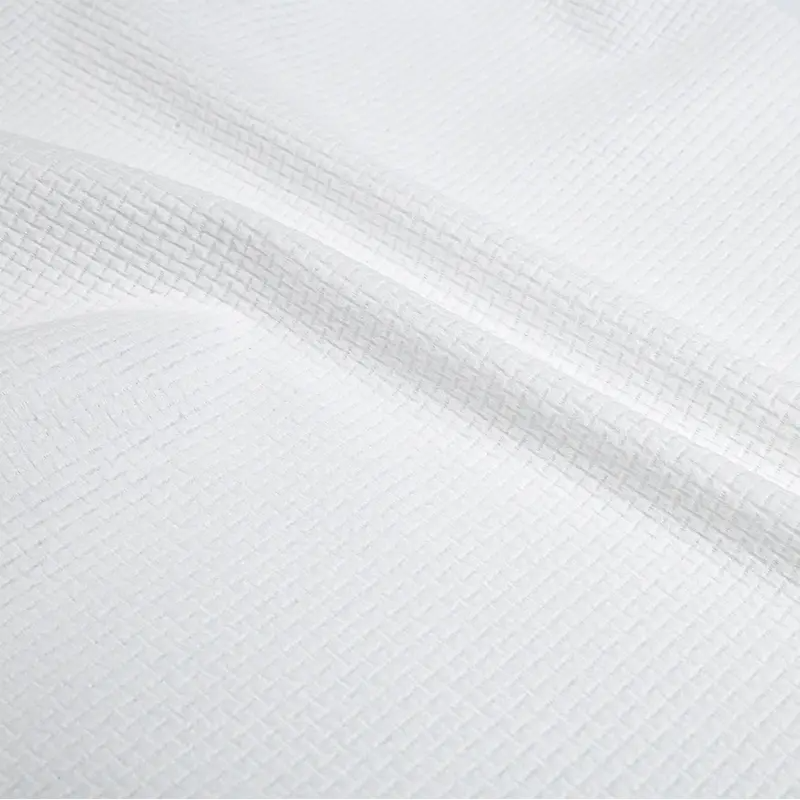

 English
English 日本語
日本語 русский
русский Español
Español